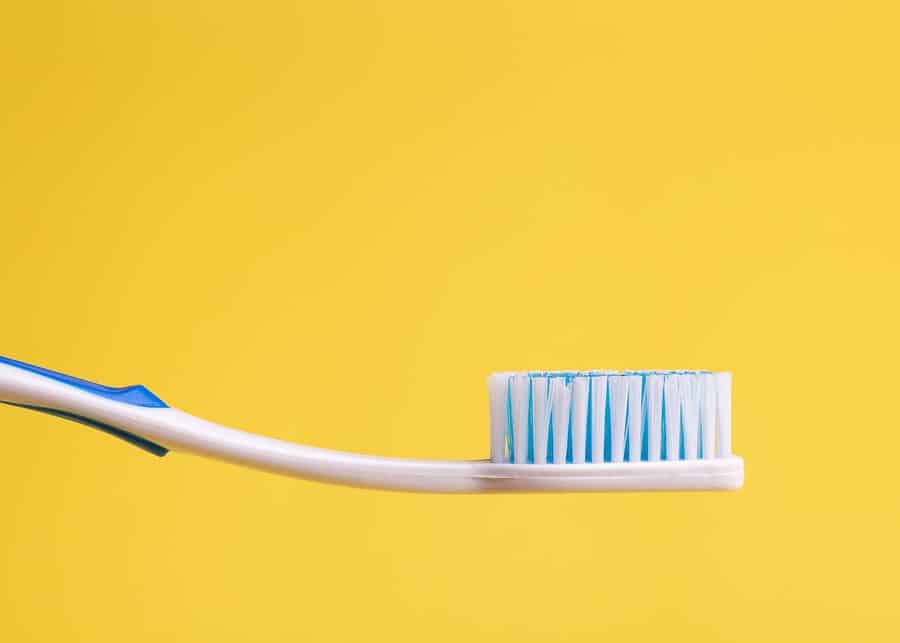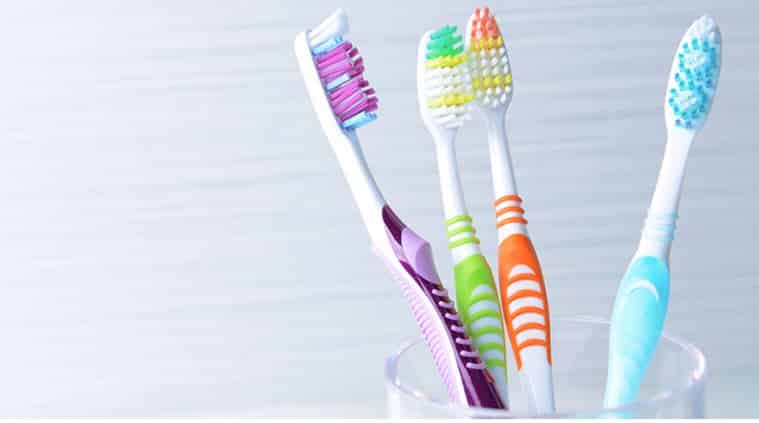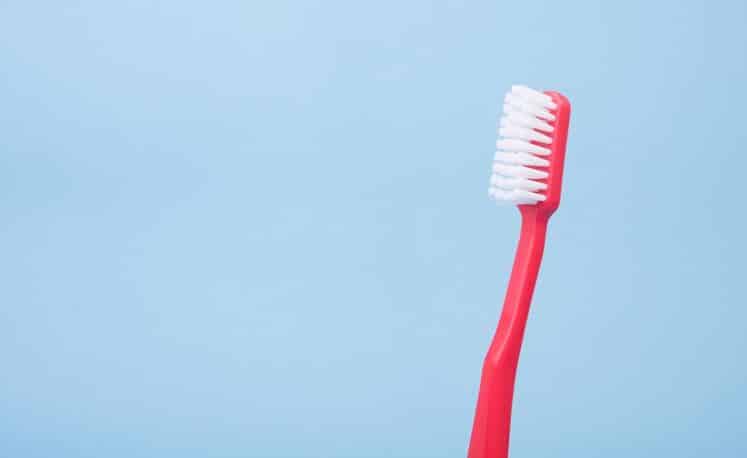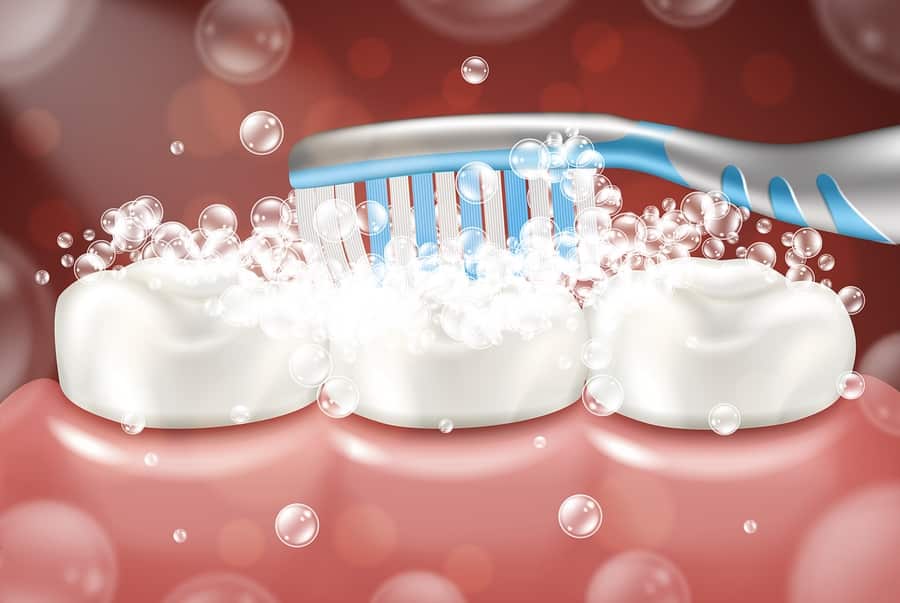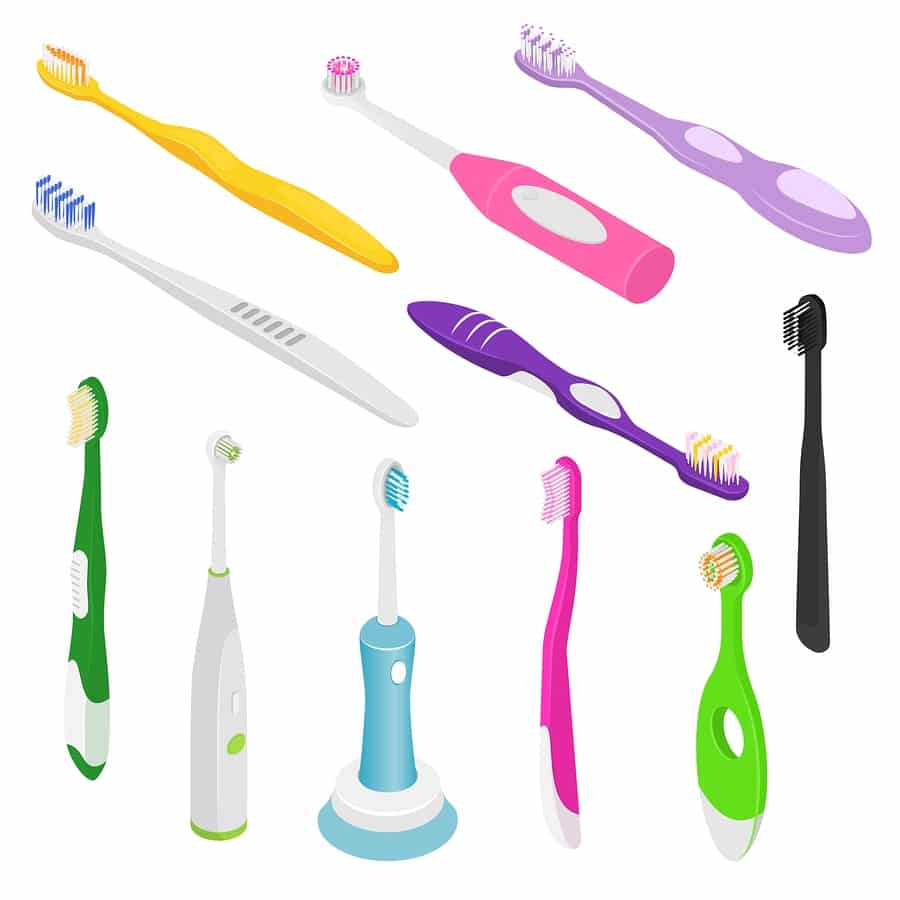You’ve often heard that to maintain good dental health, you have to observe good and proper oral hygiene practices, such as daily brushing and flossing.
However, how can you expect your toothbrush to polish your teeth effectively if it is worn out or isn’t clean? You can easily know when your shoes or clothes are worn out and need replacement
It’s easy to know when to replace worn-out shoes or faded clothes. But how often should you replace your toothbrush?
Although this depends on several factors. The Canadian Dental Association (CDA) recommended that you should replace your toothbrush (or swap your electric toothbrush head) every three to four months as long as you use it at least twice daily.
These factors include your usage, health, and preferences.
For instance, replace your toothbrush every three to four months but if you’ve been sick, consider replacing your toothbrush sooner. You may also change your toothbrush sooner if you brush more often (more than thrice daily) or if the bristles are frayed.
Generally, if the bristles of your toothbrush are frayed, they won’t brush your teeth clean as thoroughly. Also, if you brush your teeth more vigorously (children do this a lot), you would need their toothbrushes replaced more often.
At Taunton Village Dental we recommend that you occasionally run your tongue across your teeth. If you don’t feel like your teeth are as slippery as usual, your toothbrush may need replacement.
So, before you brush again, take a close look at your toothbrush and ask yourself whether it is time for a new toothbrush or not.
Types of Toothbrushes
There are two types of toothbrushes namely:
- Manual toothbrush.
- Electric toothbrush.
Choosing either of the toothbrushes depends on the user’s preferences – choose the type of toothbrush that makes you want to brush your teeth regularly and makes you feel comfortable.
The manual toothbrush is more portable and is ready-to-use at any time you need it. The manual toothbrush makes no noise and you have complete control over the pressure it places on your teeth and gums.
On the other hand, an electric toothbrush requires frequent charging and is less portable – it’s a bit more cumbersome to travel with.
The electric toothbrush has auto-rotating bristles, which makes it easier for them to clean between your teeth and at your gum line.
Although you have no control over the pressure it places on your teeth and gums, most electric toothbrushes have in-built sensors that ensure that the bristles don’t press too hard and operate long enough.
What Happens If You Ignore Our Advice?
Three to four months are not too short to change your toothbrush but if you feel it’s a big deal and ignore the advice, the unexpected may happen.
Nasty germs or harmful dirt can get into those bristles. According to a recent study, toothbrushes in communal bathrooms can become contaminated with fecal matter, especially those that contain bacteria, viruses or parasites.
So, if you keep your toothbrush in the bathroom/toilet, you need to change your toothbrush more often.
You may think that a toothbrush cover is a logical solution. Well, the truth is toothbrush cover isn’t actually helpful at all.
Studies have confirmed that “using a toothbrush cover doesn’t protect a toothbrush from bacterial growth.
Instead, it actually creates an environment where bacteria are better suited to grow by keeping the bristles moist and not allowing the head of the toothbrush to dry out between uses.”
If you have bacteria in your toothbrush, you stand the chance of having a bacterial infection in your teeth, which may aggravate into a more serious dental problem.
Maintaining Your Toothbrush
Please note that no matter which type of toothbrush you use or how much you maintain it, its bristles will become frayed and worn out over time and it will subsequently lose its effectiveness.
Nevertheless, here are some maintenance cultures you can observe to keep your toothbrush clean and durable.
The Canadian Dental Association recommends that you rinse your toothbrush under tap water after brushing your teeth to wash away lingering saliva and toothpaste.
After then, keep the toothbrush in a vertical (upright) position. This will help the bristles to air dry between uses. “If you stand your toothbrush up and let it dry between uses, the bacteria are pretty much going to die.”
As stated above, avoid storing your toothbrush in a closed container. This will only cause bacteria to build up. Instead, always keep the toothbrush in a position that will aid the bristles to fully dry between each usage.
Finally, proper maintenance is not an alternative to replacing your toothbrush. Remember, no matter how much maintenance you offer, the bristles of your toothbrush will fray and wear out but a new toothbrush will remove more dirt and plaque.
Therefore, get into the habit of replacing your toothbrush (and that of other family members) every three to four months.
Toothbrush Care
The fact that you would change your toothbrush after every three to four months doesn’t mean you shouldn’t take proper care of your toothbrush — whether it’s for kids or adults.
Here are some toothbrush care tips you should observe.
1. Do not share your toothbrush with anyone no matter how close you are to the person. Sharing your toothbrush can result in an exchange of bodily fluids and microorganisms, which can trigger infections.
2. Always rinse your toothbrush thoroughly after each use to remove any remaining toothpaste and debris.
3. Store your toothbrush in an upright position after use and allow it to air dry. Storing your toothbrush with moist bristles in a closed container can promote microbial growth faster than leaving it to air dry.
4. Replace your toothbrushes every three to four months or more often if the bristles become frayed or worn out.
5. You can sanitize your toothbrush by soaking it in 3% hydrogen peroxide or Listerine mouthwash. This will greatly reduce the bacterial load on your toothbrush by about 85%.
6. Use a plastic case to protect the bristles of your toothbrush when you travel.
Use a plastic case to protect the bristles of your toothbrush when you travel.
By following the tips listed above, you can ensure that you are properly caring for your toothbrushes.
Mark your calendar or set a calendar reminder to make it easier for you to replace your toothbrush every three or four months.
How to Choose the Right Toothbrush
Considering the several different toothbrushes in the market, it can be pretty difficult to find a toothbrush that’s a good fit for you – you may even end up choosing any good one that comes your way.
Even at that, there are some factors you need to consider when choosing the right toothbrush and here are a few of them:
1). The Size of the Toothbrush
The first thing you should consider is the toothbrush size, especially the head. Consider a toothbrush with a head size that is not too small or too big to easily access all areas of your mouth.
The head must be moderate to easily cover places like your rear gum line and molars. A smaller toothbrush head may not be so effective at cleaning your teeth.
2). The Type of Bristles
Unless otherwise recommended by your dentist, choose a toothbrush with soft nylon bristles. Since its introduction in the 1930s, nylon bristles have been in use and are very effective at cleaning the teeth.
Except when prescribed by your dentist, medium or hard bristles are not recommended for most people and may end up damaging your gum and tooth enamel as they could cause an abrasion from brushing too hard, according to webMD.
Although toothbrushes with harder bristles are known for cleaning better and removing more dirt and plaque than toothbrushes with softer bristles, their drawbacks far outweigh the benefits they offer.
3). The Form of Operation
You can either choose the manual or electric toothbrush. A report showed that there is only a little difference between the effectiveness of brushing with a manual toothbrush or an electric toothbrush.
Therefore, it really doesn’t matter which type of toothbrush you choose – it’s just a matter of personal choice.
Although some electric toothbrushes offer some interesting features like an automatic timer, which ensures that you brush your teeth for the recommended minimum of two minutes.
This feature is particularly helpful for those who have trouble keeping track of how long they are brushing their teeth.
More so, electric toothbrushes are helpful for those suffering from health issues that are negatively impacting their ability to clean your teeth properly or limited mobility, such as arthritis or carpal tunnel.
Manual toothbrushes cost between $5 and $8 to replace while a pack of replaceable heads for electric toothbrushes costs between $10 and $45. So it is important to consider the cost of purchase when choosing the right toothbrush for you.
Conclusion
How often you change your toothbrush depends on several factors, but it’s recommended to replace your toothbrush every three to four months or earlier if you notice that the bristles are frayed and worn out.
Don’t wait till you notice bacteria build-up on your toothbrush before you replace it. Always do your best to have a new, fresh toothbrush waiting in your bathroom cabinet.

